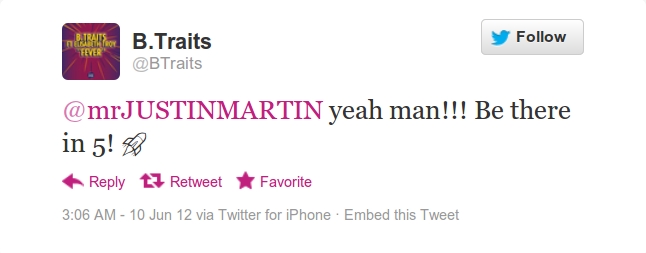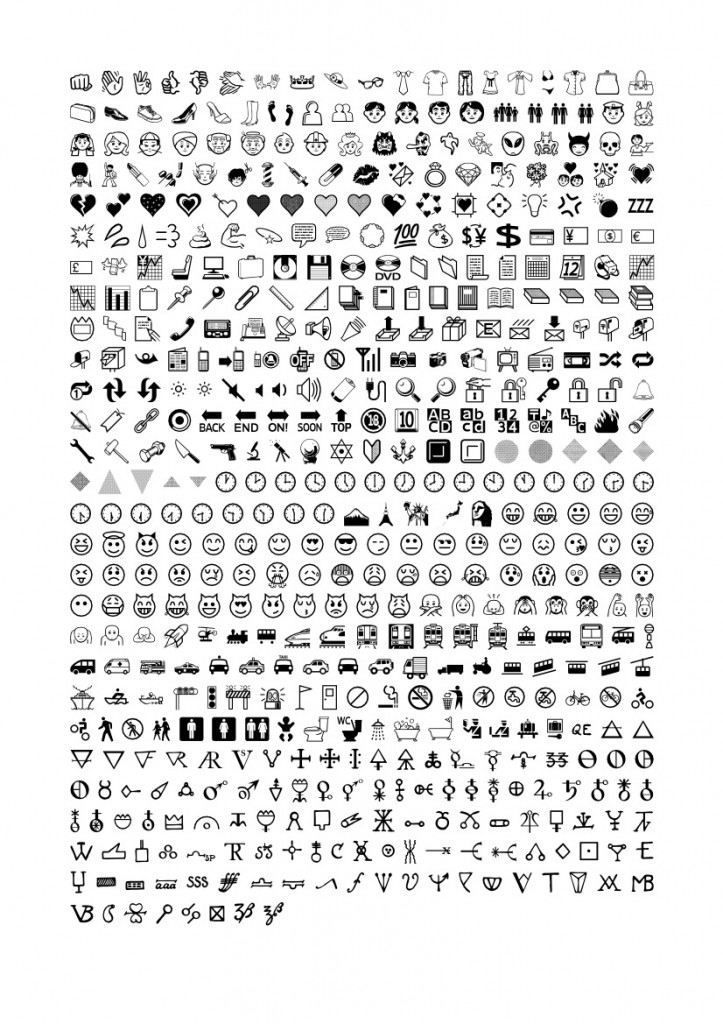
The well-attended International Congress on Buddhist Women’s Role in the Sangha concluded in Hamburg last Friday, 20th July, with a Panel Discussion consisting of H.H.D.L. and over a dozen monks and nuns from various traditions, watched by an audience of thousands.
The aim of the Congress was to find a way to offer a fully legitimate ordination for Buddhist nuns in the Tibetan tradition. The options discussed during the previous two days had effectively narrowed down to two:
- Single ordination by Mūlasarvāstivādin monks alone (the option preferred among Tibetan nuns, but considered least acceptable by their vinaya specialists); or
- Dual ordination by monks of the Mūlasarvāstivāda nikāya (ie. Tibetans) together with nuns from the Dharmaguptaka nikāya (ie. Tibetan nuns ordained in an East Asian lineage).
H.H.D.L. was asked by the panel members to choose one of these options, the matter having already been ‘researched’ within the Tibetan tradition for over 25 years. The panel did not present a united recommendation for a particular ordination method, though everyone agreed that it was time for a decision to be made.
Finally, at the conclusion of the panel discussion, the Dalai Lama requested (through a prepared statement) that Tibetan-tradition nuns who had received ordination in the Dharmaguptaka nikāya should perform the three monthly practices of their saṅgha (namely poṣadha, etc.) according to the Dharmaguptaka. (Apparently this had not yet been done in Tibetan — English being used in some cases — as the various saṅghas of Tibetan Dharmaguptaka bhikṣuṇīs (both Western & ethnic Tibetan) have not yet arranged for the relevant texts to be translated into Tibetan).
My understanding of this decree is that it is directed towards sealing the legitimacy of existing Dharmaguptaka bhikṣuṇī ordinations. (Within Tibetan monasteries, Dharmaguptaka nuns face difficulties in acceptance, and because they follow a different nikāya they will presumably now have to perform their monastic rituals separately.) Thus the decree “normalizes” the status of these nuns. Additionally — and here there is some cause for optimism — it may be regarded as laying the groundwork for the second option of dual ordination.
Though I am currently unable to spare the time to review the first part of the Congress leading to the panel discussion, here are a few observations recorded while still fresh in my mind:
- The unscripted sections of the Congress, namely the evening panel discussions, took on an urgency and intensity of a kind that recalled the suffragettes’ movement. A number of women were clearly desperate to be ordained and to have their ordination seen as legitimate. The question that remained opaque to outsiders was: why should members of a modern society want to throw themselves into monastic (or even pseudo-monastic) Buddhist life with such unseemly haste? In fact it was agreed in advance that Congress would not focus on this question, partly because it had been discussed at several previous gatherings. Nonetheless, may I point out that this issue is not peripheral at all, should we wish to make the case that gender equality in Buddhism is not merely desirable, but necessary;
- It so happened that differences in opinion on this point, between Tibetan-tradition nuns from the West and those who were ethnically Tibetan, widened dramatically in the Q & A sessions of the first two days. The nuns of Tibetan ethnicity took pains to state, repeatedly and with increasing forcefulness, that notions of gender equality had nothing to do either with the Buddhism they followed or the particular issue at hand. A number of presenters, particularly the male monks, concurred that an acceptable ordination procedure must be decided according to the vinaya — if it can be decided at all — and not according to any other criterion;
- Materials in Sanskrit, which constitute the ultimate authorities for any follower of the Mahāyāna, were referred to by a number of scholars. In this case, not much of the literature which can be considered problem-critical is preserved in Sanskrit; but many related texts are, and these should certainly be consulted if issues of interpretation arise. If scholarly input is sought to solve these problems, ones that cannot be resolved exclusively within Tibetan tradition (and we should not expect, by any means, that this is the only problem within Buddhism that will need dealing with), then one should accept as well that these Indian (or ‘pan-traditional’) materials are sources of superior authority;
- But when one deals with Indian Buddhism, it is a serious mistake to think that this is in any way synonymous with the Theravāda. The Theravādins’ perceived status as the “elders” of Buddhism lends a certain weight to their input, indeed; but Theravādin authority, in practical terms, does not extend beyond its own nikāya. For Theravādins (not for serious scholars, or anyone else), only Pāli materials enshrine “the Buddha’s word”; all other lineages are debased, and all matters that lie outside the Pāli canon are irrelevant. In this tradition only procedures according to fixed Theravādin canon are acceptable;
- This essential fact about the Theravādin incapacity to modernize was at least clear to some of the scholars present, as for example in the presentation of Dr. Martin Seeger (Leeds U.). In refreshingly honest language, Dr. Seeger observed that mainstream institutionalised Buddhism in Thailand*:
…has largely lost its moral, cultural and doctrinal authority… due to… its obsolete, outmoded structure and educational system, and ongoing coverage by a sensational Thai press of sexual scandals, corruption, irredeemable breaches of the monastic code of members of the Thai saṅgha. … The Thai saṅgha as an institution has shown itself to be incapable of providing adequate responses and adjustments to the challenges and impacts of democratization, modernization, urbanization, and globalization…;
- One of the speakers in the panel discussion, a Thai nun, made the point that Thai women were unable to take up the option of ordination in a non-Theravādin tradition while the issue of legitimacy remained unresolved. And this speaker made it clear that the Tibetans lost a valuable opportunity to bring their advanced Budddhism to people who are otherwise stuck with the difficulties of the Hīnayāna.
This Congress was unusual, commendable even, in as far as it exposed the workings and failings of Buddhism to public scrutiny — and worked towards a progressive and equitable outcome. The desired instant gratification was not obtained, but the extensive participation and publicity seems to have increased the pressure to find a solution.
[*Revised, 4 September 2007.]




